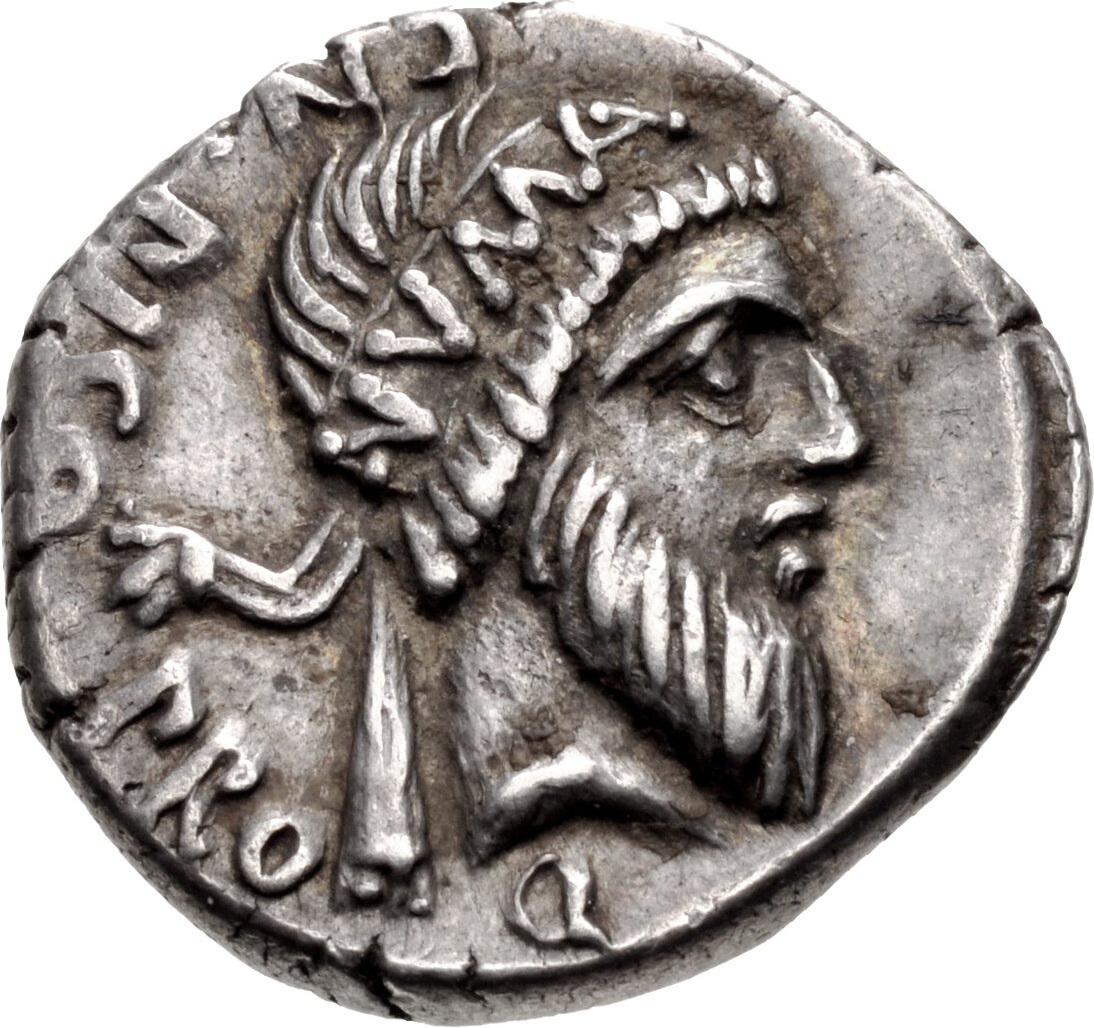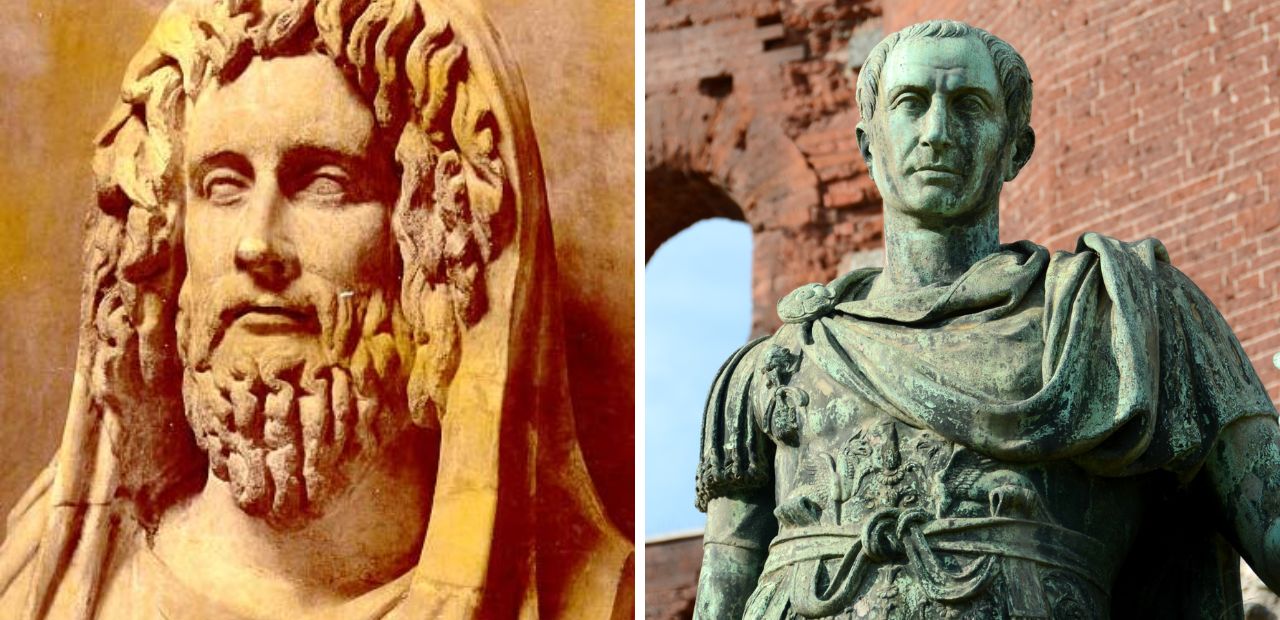We are already a month down in the new year. The eventful month of January has always been notorious for passing away quickly. The second month of the year February is mathematically the shortest, given that it has only 28 days (sometimes 29). But have you wondered, why is this the case?
The story of our months is rooted in ancient Roman culture. The founder of the Roman country is attributed to creating the Roman calendar. It had ten months, with 30 or 31 days each. The year would start in March and end in December. Back in the day, the Romans did not think of March and December to be very important, as they felt that these months had nothing to do with the harvest season.

Credits – TedEd
Things changed after the second king, Numa Pompilius took over the reins of the country. He decided to add two more months to make the calendar more accurate. Hence, he added two new months known as Lanarius and Februarius – January and February.
The ‘new’ Roman calendar was based on the cycles of the moon and not that of the sun. The Roman calendar was deeply inspired by Greek methodology, where each lunar cycle lasted 29.5 days. As a result of which, a lunar year with 12 months would have 354 days.

Numa Pompilius – The Second King of The Roman Empire. Credits – Wikipedia
The Roman Superstitions
Given that we are talking about Roman society, where religion and superstitions were extremely dominant, things were never going to be that easy. The Romans back then were suspicious of even numbers and considered them to be unlucky.
Before the major ‘experiment’, King Numa subtracted a day from all the 30-day months. Things were only going to get tougher as now the king was left with 57 days. With the two new months, he decided to divide these days. January got 29 days and February got 28 days.
Just when it seemed that the mathematics was getting sorted out, another question arose. What about the 10 more days to complete the solar year? The current year has only 355 days!
The priests stepped in to solve the issue and added an intercalary month of 22/23 days after every two years, called Mercedonius, the leap year. This caused the leap years to be around 377 to 378 days long.
Flawed system
Politics was entrenched in every aspect of Roman society in that period. The fact that the priests were given the responsibility of changing the system of years was problematic as they were politicians too. They would often change it to have an extended run in the office.
The Rectification

Julius Caesar. Credits – Encyclopedia Britannica
Given the unscientific nature of the calendar, it fell out of sync with the solar year. After the Civil War, Julius Caesar rose higher in rank. As soon as he took over the nation, he decided to change the faulty system. With the help of leading mathematicians, he changed the structure by making the months look 30/31 days longer.
Caesar left February with 28 days, adding an extra day to it, after every four years. The tradition stuck!



















































































